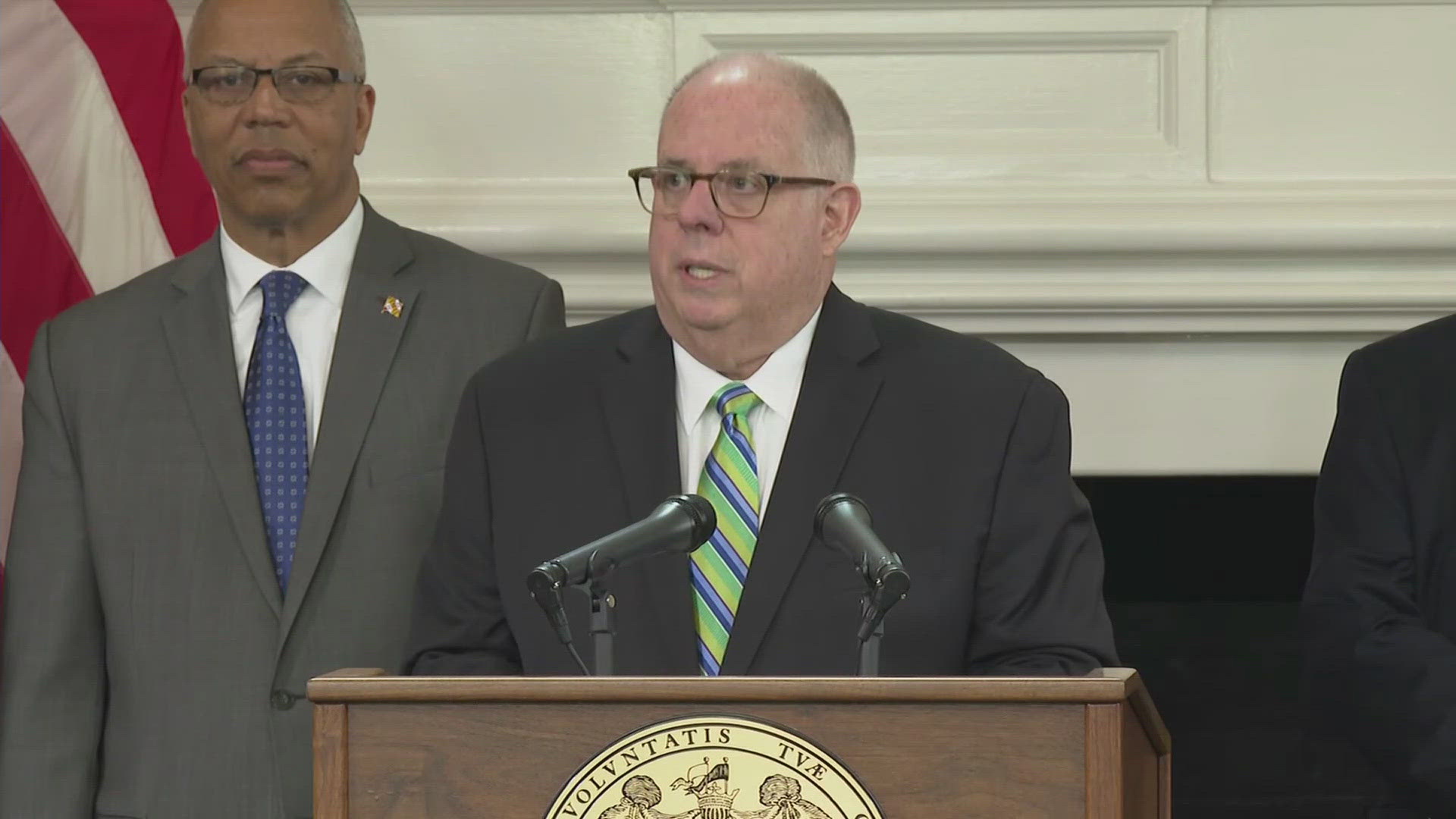LITTLE ROCK, Ark. (KTHV) -- An entire city in Michigan is plagued by lead-contaminated water, which killed 10 people and affected thousands, including children.
The Flint Water Crisis opened the eyes of many homeowners to the dangers of something we use every day--water.
“In certain ways, Flint is a unique situation,” said Jeff Stone, with the Arkansas Department of Health.
To save money, the city switched to a water source that was corrosive in 2014.
Corrosion happens when water travels through piping and pulls some of the metal out of the piping with it.
In the case of Flint, “It's an older city that has a lot of lead piping,” said Stone.
Stone assures the Natural State is fortunate because most of its structures were built after this piping was no longer used.
“We're not vulnerable in the same way that older communities, like Flint or Washington D.C.,” said Stone.
Lake Maumelle is central Arkansas' main source of drinking water. There's absolutely no lead in the lake. Lead gets in the drinking water when it's exposed to piping plumping.
“This current year we're looking at about 5,500 to about 6,000 lead samples that we've analyzed for the state of Arkansas,” said Jeffery Moran, who oversees the department’s labs that test water samples for lead.
“Occasionally you might get a lead result that's slightly high that we'll report back to engineering that they will set off a chain of events to work with the water districts to bring those levels back down.”
Robert Hart with Central Arkansas Water orchestrates the sampling done by homeowners.
“The samples collected normally in the morning or at the end of the day, when there's been a period of no usage in the home,” said Hart.
The Department of Health takes about 3,000 lead samples a year from water systems.
Two things a homeowner can do to protect themselves from lead contaminated water:
1. Flush your water lines before use when you get home from vacation, which are more than week long.
2. Use cold water from your sink for drinking and food preparation
“If warm water has sat in a pipe for a long period of time, it will have more activity upon the pipe than cold water,” said Stone.
Central Arkansas Water says other areas of concern for lead poisoning can be found in the paint on walls in older homes or certain toys. Especially if the toys came from overseas. In addition, lead is in some ceramic items that aren't glazed or sealed.


